

In scientific work you prove that you can work on a question critically, objectively, and comprehensibly.
In every scientific text, quotations must be clearly marked to avoid plagiarism.
You strictly adhere to formalities and layout. In most cases, the examiner will specify both.
What is a scientific paper?
"Semester break? Not for me, I have to write term papers." You will often hear this sentence from fellow students. Whereas in school you got your final grades mainly through class tests, tests, and oral grades, at university you will get to know a new form of examination: The often dreaded scientific paper in the form of seminar papers, term papers, or the final thesis. Although it often involves days or weeks of work in the library, it is not as bad as its reputation. Early in your studies, you start small with mostly shorter-term papers. And with each additional scientific paper, you will internalize methods, develop more and more routines, and will be an old hand in the field by the time you write your final paper. We explain step by step how you can make a good impression with your scientific texts - no matter if it is a term paper, a bachelor thesis, or a master thesis.
The function of scientific papers in studies
During the studies you should become fit in scientific writing by writing term papers in order to be prepared for the "final opponent", namely your thesis. The aim is that you learn to acquire knowledge independently and in a targeted manner, to penetrate a topic, and to process and, if necessary, supplement it for yourself and others who are experts in the field. The term paper is a dry run for later scientific publications: You will see that essays or larger monographs follow a similar pattern. Of course, it is also an examination: your work will be graded. Ideally, the lecturer will give you feedback so that you can improve your writing skills with each term paper.
What is special about scientific writing?
Scientific writing is based on researching existing knowledge and answering a central question. The goal is always to gain knowledge, i.e. to classify, expand, and sometimes also re-evaluate the status quo. To achieve this, you have to reconcile three levels:
The subject level: What is the scientific subject?
The discourse level: What have other scientists already found out and written about it?
The argumentation level: What can you contribute to the current state of knowledge? Do the subject matter and the state of research offer potential for critical discussion?
In a scientific paper, you deal with a concrete question on a certain topic. At the same time, you disclose what research is already available on this topic - transparency is particularly important here in order to avoid falling into the plagiarism trap. Finally, the supreme discipline is your own contribution to the state of research: Here you show that you can deal critically with the topic and make your own contribution.
Caution: Avoid plagiarism
Colleges use Turnitin to check papers, and it’s very effective at detecting plagiarism, so if you’re willing to cheat, do it smartly and hire a writer instead of just rephrasing a random paper acquired from the internet. Read this article about edubirdie.com and make a decision.
Accusations of plagiarism against federal politicians have been making headlines for years, most notably former German Defense Minister Karl-Theodor Guttenberg, who coined the neologism "guttenbergen" ( to copy). But Guttenberg is not the only one who has cheated; so have many other colleagues, such as Annette Schavan and the Russian Culture Minister Vladimir Medinsky. Not good role models. So that you don't fall in line, you should always keep the following guiding principle in mind: Never sell the work of others as your own. Passages and content from other texts must be clearly and correctly marked as quotations. After all, this is the intellectual property of others. In the worst case, plagiarism can lead to expulsion.
Related Resources:
5 steps to write an excellent essay
How to build the essay correctly?
What does a good outline look like?